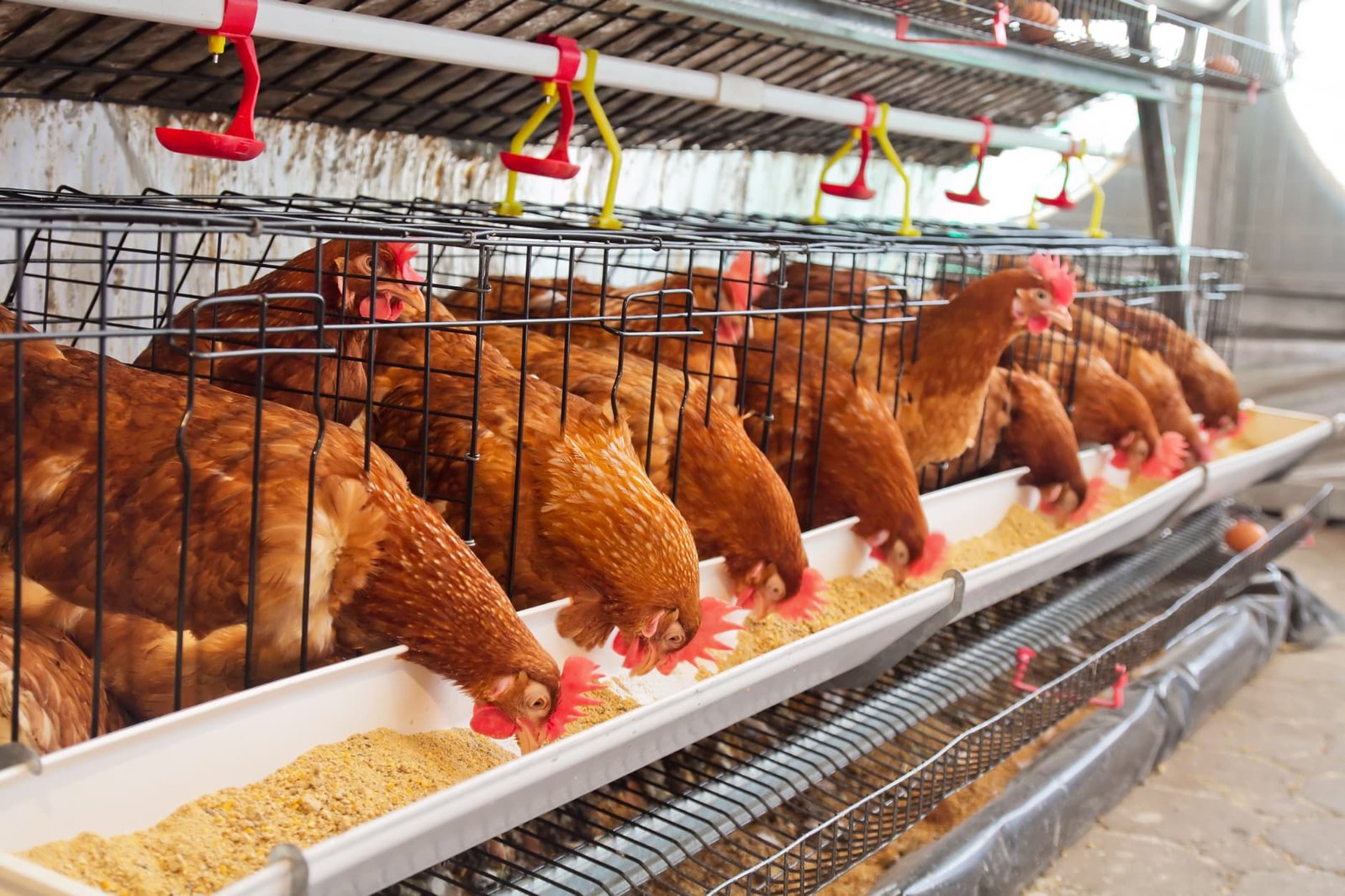Micro-Fulfillment centers eliminate the need for in-store fulfillment, reduce last-mile delivery costs, and can handle upwards of 4,000 orders a week. Compared to traditional fulfillment methods, micro-fulfillment centers can handle as many as twenty to thirty retail locations in a city.
MFCs are replacing in-store fulfillment
The changing retail landscape is fueled by the growth of e-commerce and online sales, as well as changing customer demands. Micro-fulfillment centers offer a unique opportunity to scale operations and logistics at a rapid rate. They provide retailers with a physical presence near their customers and are designed to handle all types of online retail platforms. As a result, micro-fulfillment centers can be a great option for pure-play e-grocers who don’t own retail stores.
Many brand-name retailers are setting up micro-fulfillment centers, either in the back of stores or at dedicated e-commerce distribution centers. In-store fulfillment has its drawbacks. Order pickers have to compete for space with customers and are more likely to leave an item out of stock. Micro-fulfillment centers reduce the risk and costs associated with in-store fulfillment.
Steffi’s Blog
MFCs reduce last-mile delivery costs
While micro-fulfillment centers are smaller than larger warehouses, they can fit into a variety of space requirements. They are easily slotted into an existing retail facility, making the process of expansion quick and easy. Additionally, standalone MFCs are vital to achieving scale and reach in cities, where the need for eCommerce services is higher than anywhere else. While larger fulfillment centers require considerable capital investments, standalone MFCs do not.

These centers are highly automated. They generate picking lists automatically and often utilize machines. They are close to the end consumer, making it easier to fulfill orders faster and more efficiently. Moreover, because they are close to consumers, they reduce last-mile delivery costs by eliminating long-haul delivery. In addition, the centers can offer a wide range of other benefits, such as the elimination of costly shipping zones.
Regular upkeep is required
As the number of e-commerce sales continues to grow, big-name grocers are finding new ways to cut costs and improve delivery times. The latest innovation comes from a U.S.-Israeli robotics company called Fabric. The company plans to build its first micro-fulfillment center for a Southeast regional grocer, and it will have as many as six of them in various stages of construction in 2019.
These automated fulfillment centers use robotics and software solutions to process grocery orders quickly. They can process an average-sized grocery order in as little as 15 minutes. This technology also makes them cheaper than standard fulfillment centers. They only occupy a few thousand square feet, which helps retailers cut their overhead costs. Ultimately, micro-fulfillment centers will help make grocery delivery faster, more reliable, and more affordable for consumers.
Steffi’s Blog
Handles huge volumes
Typically, a Micro-Fulfillment Center handles up to four thousand orders a week. Micro-fulfillment centers are highly automated and can handle orders as high as 4,000 a week. This type of center requires a significant investment and time to set up. As a result, the number of orders that micro-fulfillment centers handle per week will depend on the size of the facility.

MFCs are a flexible solution for small businesses. Because they are smaller than traditional fulfillment centers, they can significantly reduce real estate costs, pick items more efficiently, and handle more orders. MFCs are often located in central locations or at the back of the store. Additionally, they allow retailers to collect local data on their customers, which can be used to develop better services in their local area.
Wrapping Up
While the concept of Micro-Fulfillment Centers is very promising, the implementation of this technology requires careful planning. Experts recommend incorporating Six Sigma and Lean Manufacturing processes, as well as supply chain consulting services. These techniques can help reduce costs by automating order picking and delivering products to customers. For smaller businesses, a Micro-Fulfillment Center can accommodate up to 4,000 orders per week.










